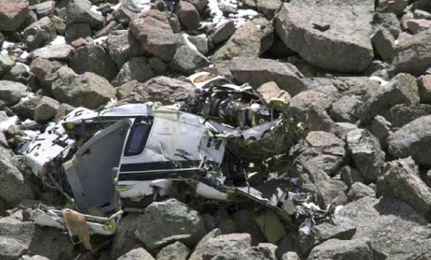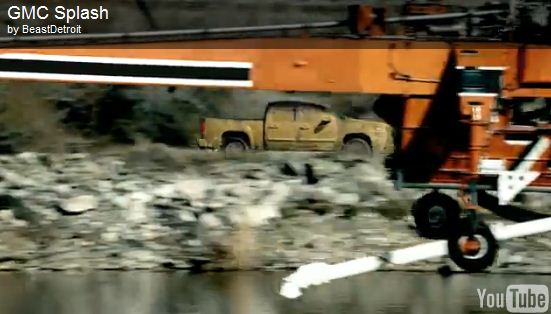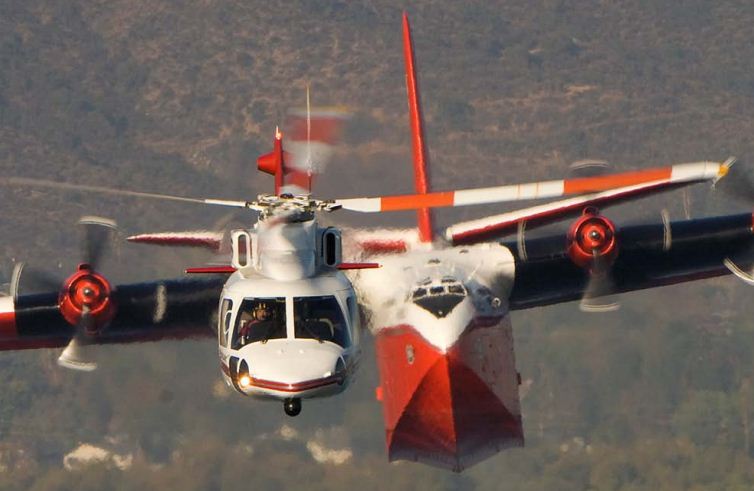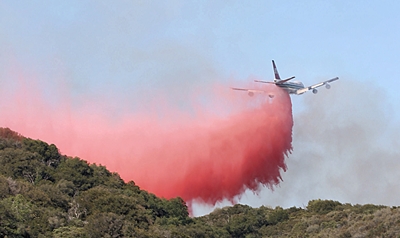
Today the National Transportation Safety Board released a report on the crash of a police helicopter in New Mexico in 2009 that killed two people (map). There may be some factors about the crash that are familiar to wildland firefighters and fire aviation crews.
Here is a brief summary of two of the causes of the crash, as determined by the NTSB:
The National Transportation Safety Board (NTSB) today determined that a New Mexico State Police (NMSP) helicopter pilot’s decision to take off from a remote landing site, without conducting a thorough assessment of the weather and night time conditions, was the primary cause of the 2009 fatal crash. Contributing to the accident was an organizational culture within the New Mexico State Police that emphasized mission completion over safety, as well pilot fatigue, stress, and the pilot’s self-induced pressure to complete the rescue mission.
Another aspect of the crash, not covered in detail by the NTSB report, is the lost hiker who had just been found and picked up by the helicopter. There were many technological glitches related to the 911 call the hiker, Megumi Yamamoto, made that hampered her timely rescue. Unfortunately she was killed in the crash, along with the pilot, Andy Tingwall. The spotter, although injured, walked until he found rescuers and was then hoisted in a basket below a helicopter before being flown to a hospital.
Here are some excerpts from the NTSB report. Their site has more details, including conclusions and recommendations.
=====================
EXECUTIVE SUMMARY
On June 9, 2009, about 2135 mountain daylight time, an Agusta S.p.A. A-109E helicopter, N606SP, impacted terrain following visual flight rules flight into instrument meteorological conditions near Santa Fe, New Mexico. The commercial pilot and one passenger were fatally injured; a highway patrol officer who was acting as a spotter during the accident flight was seriously injured. The entire aircraft was substantially damaged. The helicopter was registered to the New Mexico Department of Public Safety and operated by the New Mexico State Police (NMSP) on a public search and rescue mission under the provisions of 14 Code of Federal Regulations Part 91 without a flight plan. The helicopter departed its home base at Santa Fe Municipal Airport, Santa Fe, New Mexico, about 1850 in visual meteorological conditions; instrument meteorological conditions prevailed when the helicopter departed the remote landing site about 2132.
PROBABLE CAUSE
The National Transportation Safety Board determines that the probable cause of this accident was the pilot’s decision to take off from a remote, mountainous landing site in dark (moonless) night, windy, instrument meteorological conditions. Contributing to the accident were an organizational culture that prioritized mission execution over aviation safety and the pilot’s fatigue, self-imposed pressure to conduct the flight, and situational stress. Also contributing to the accident were deficiencies in the NMSP aviation section’s safety-related policies, including lack of a requirement for a risk assessment at any point during the mission; inadequate pilot staffing; lack of an effective fatigue management program for pilots; and inadequate procedures and equipment to ensure effective communication between airborne and ground personnel during search and rescue missions.











